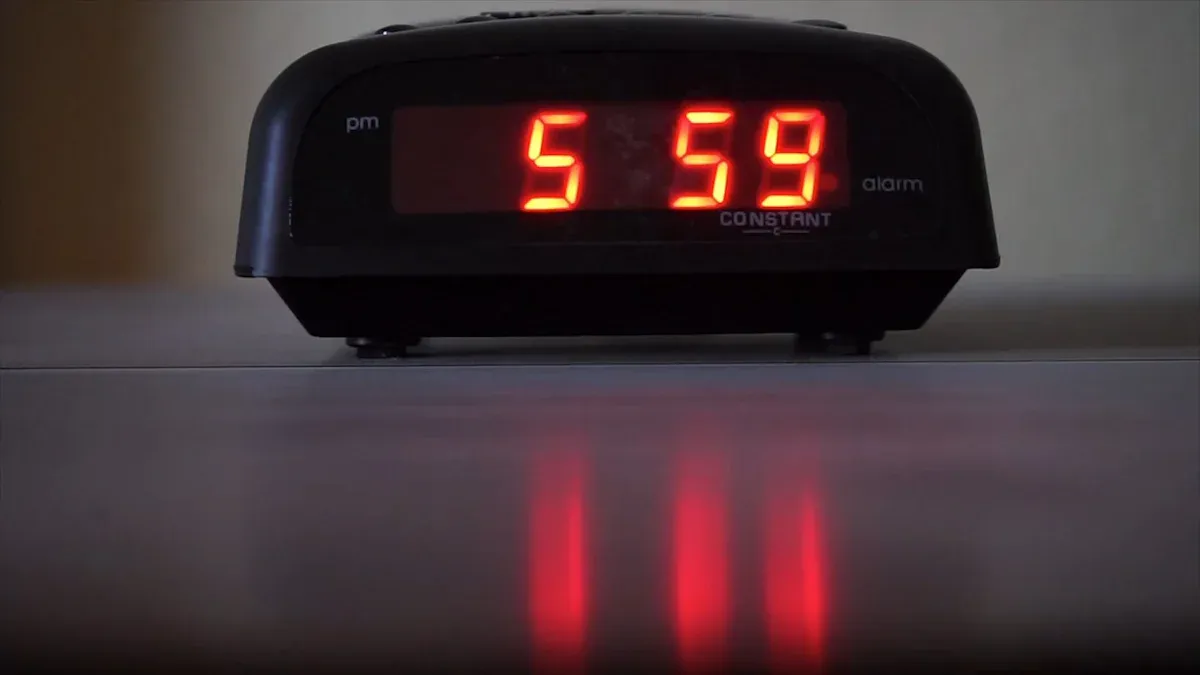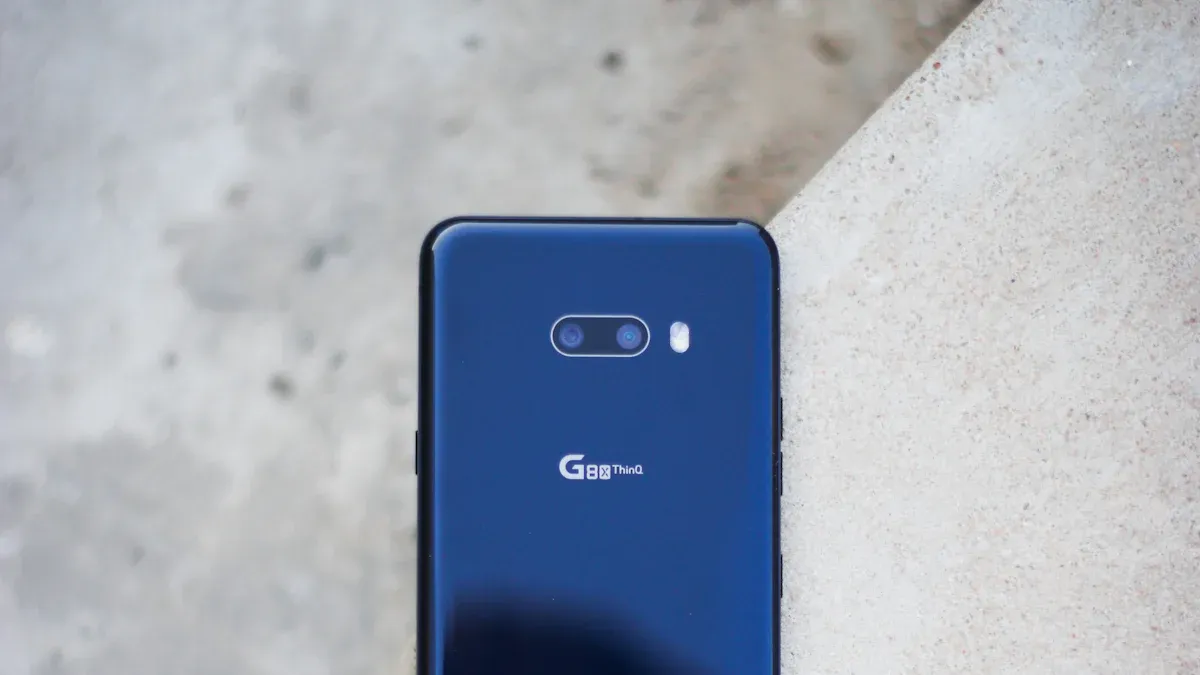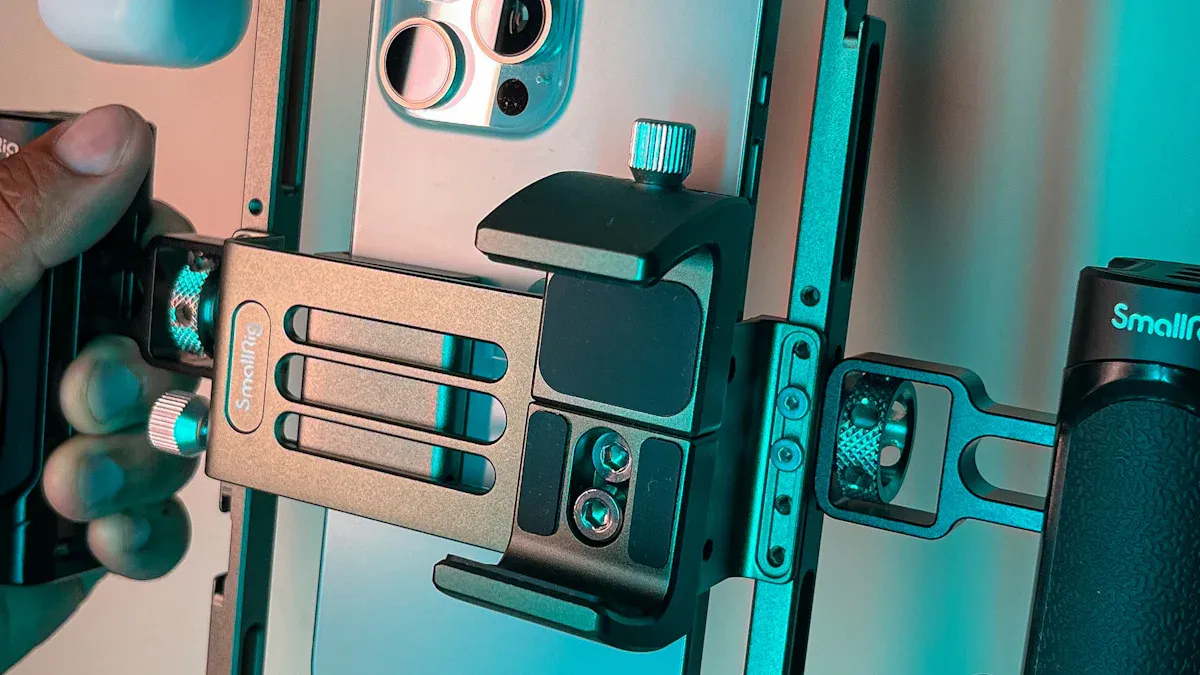How Regular Battery Replacement Keeps Your Helius Flashlight Reliable

Your Helius flashlight depends on fresh batteries to deliver peak performance. A well-maintained battery ensures consistent brightness and efficiency. Without regular replacement, you risk corrosion or reduced functionality. This simple step keeps your flashlight reliable, especially during emergencies when dependable lighting is critical. Take action to maintain its longevity and effectiveness.
Key Takeaways
Change your flashlight batteries every three months to work best. This stops weak light and keeps it ready for emergencies.
Check your flashlight for weak light or rust on batteries. Finding problems early stops sudden issues and keeps it working well.
Pick the correct batteries for your Helius flashlight. Alkaline, lithium, and rechargeable batteries each have special advantages to last longer and work better.
How Battery Health Impacts Your Helius Flashlight

The Connection Between Battery Power and Brightness
The performance of your flashlight directly depends on the power level of its battery. A fully charged or fresh battery ensures consistent brightness, allowing your flashlight to deliver reliable lighting when you need it most. As the battery drains, the light intensity gradually decreases, which can leave you with dim or flickering light. High-quality batteries provide steady power, ensuring your flashlight maintains a consistent beam. On the other hand, lower-quality batteries may cause fluctuations in brightness, making them less dependable. To get the best results, always choose batteries that match the power requirements of your Helius flashlight.
Extending Flashlight Lifespan with Fresh Batteries
Replacing your flashlight’s batteries regularly not only ensures optimal performance but also extends its lifespan. When batteries are left to drain completely or corrode inside the flashlight, they can damage internal components. This can lead to costly repairs or even render the flashlight unusable. Using fresh batteries prevents such issues and keeps your flashlight in top condition. For frequent users, rechargeable batteries are an excellent choice. They are eco-friendly, cost-effective, and reduce the need for constant replacements, helping you maintain your flashlight for years to come.
Why Reliable Power is Vital for Emergencies
In emergencies, your flashlight becomes a critical tool. Whether you’re navigating a power outage or exploring the outdoors, reliable lighting can make all the difference. A flashlight with long battery life ensures you won’t be left in the dark when you need it most. Lithium batteries are ideal for high-powered flashlights used in demanding situations. Their lightweight design and exceptional performance make them perfect for outdoor adventures or emergency kits. By prioritizing battery health, you ensure your flashlight is always ready to provide dependable light in any situation.
Risks of Skipping Regular Battery Replacement

Corrosion and Damage to Flashlight Components
Old batteries can cause significant damage to your flashlight. When left inside for too long, they may leak and corrode the internal components. Corrosion often appears as a white or greenish powdery substance around the battery contacts or inside the compartment. You might notice dim or flickering light, inconsistent performance, or difficulty turning the flashlight on or off. These issues not only reduce the effectiveness of your flashlight but can also lead to permanent damage. Regularly replacing batteries and inspecting the compartment helps you avoid these problems and keeps your flashlight in excellent condition.
Decreased Brightness and Unreliable Functionality
Using old or drained batteries directly impacts the brightness of your flashlight. Instead of providing reliable lighting, the beam may become weak or uneven. This can make it difficult to see clearly in low-light conditions. Flashlights with rechargeable batteries often perform better because they maintain consistent power output. If you rely on your flashlight for outdoor activities or emergencies, skipping battery replacement can leave you with unreliable functionality when you need it most.
How Old Batteries Can Cause Flashlight Failure
Old batteries can completely fail, leaving your flashlight unusable. As batteries age, they lose their ability to hold a charge. This shortens battery life and increases the risk of sudden power loss. In extreme cases, leaking batteries can damage the internal wiring, making repairs costly or impossible. To prevent this, always replace batteries before they reach the end of their lifespan. Rechargeable batteries are a great option for frequent use, as they offer long battery life and reduce the need for constant replacements.
Practical Tips for Maintaining Your Flashlight Batteries
Setting a Battery Replacement Schedule
Establishing a regular battery replacement schedule ensures your Helius flashlight remains dependable. For frequent users, replacing batteries every three months is ideal. If you use your flashlight occasionally, check the battery life at least twice a year. Rechargeable batteries simplify this process since you can recharge them after each use, ensuring long battery life. Always replace all batteries at the same time to maintain consistent performance.
Recognizing Signs of Battery Wear
Spotting early signs of battery wear helps you avoid sudden flashlight failure. Look for dim or flickering light, which often indicates low power. Check for corrosion or leakage around the battery compartment. If you notice these issues, replace the batteries immediately. Rechargeable batteries may show reduced runtime as they age, signaling the need for replacement. Regular inspections keep your flashlight ready for reliable lighting.
Proper Storage and Handling of Batteries
Proper storage and handling extend the life of your flashlight batteries. Follow these best practices:
Store batteries in a cool, dry place away from sunlight or extreme temperatures.
Avoid humid environments to prevent moisture damage.
Use a battery case or original packaging to avoid contact with metal objects.
Never mix old and new batteries or different types in the same flashlight.
Dispose of expired or leaking batteries promptly and safely.
Choosing the Best Batteries for Your Helius Flashlight
Selecting the right batteries ensures optimal performance. Alkaline batteries work well for everyday flashlights, offering reliable lighting in standard conditions. Lithium batteries provide long battery life and perform exceptionally in extreme temperatures, making them ideal for emergencies. Rechargeable batteries are cost-effective and eco-friendly, perfect for frequent users. Compare the features of each type to find the best fit for your Helius flashlight:
Feature | Rechargeable Batteries | Alkaline Batteries |
|---|---|---|
Cost-effectiveness | Cheaper in the long run | More expensive over time |
Environmental impact | Eco-friendly, less waste | Requires recycling, more waste |
Convenience | Reusable, long shelf life | Single-use, risk of leakage |
By choosing the right batteries and following these tips, you can maximize your flashlight's performance and longevity.
Regular battery replacement keeps your Helius flashlight dependable and efficient. Proper maintenance prevents corrosion and reduced brightness. Follow these steps to ensure reliability:
Clean the lens and inspect battery contacts monthly.
Test all light modes regularly.
Perform bi-yearly checks, including cleaning and lubricating seals.
With consistent care, your flashlight stays ready for emergencies.
FAQ
How often should you replace the batteries in your Helius flashlight?
You should replace batteries every three months if used frequently. For occasional use, check and replace them at least twice a year.
Can you mix different types of batteries in your flashlight?
No, mixing battery types can cause uneven power distribution and damage your flashlight. Always use the same type and brand for optimal performance.
What should you do if your flashlight shows signs of corrosion?
Tip: Remove the batteries immediately. Clean the compartment with a cotton swab dipped in vinegar or baking soda solution. Replace with fresh batteries after ensuring the area is dry.
See Also
Key Guidelines for Properly Maintaining Your Flashlight
Maximize Your Flashlight's Battery Life with These Tips
How to Select the Best Battery for Your Flashlight
